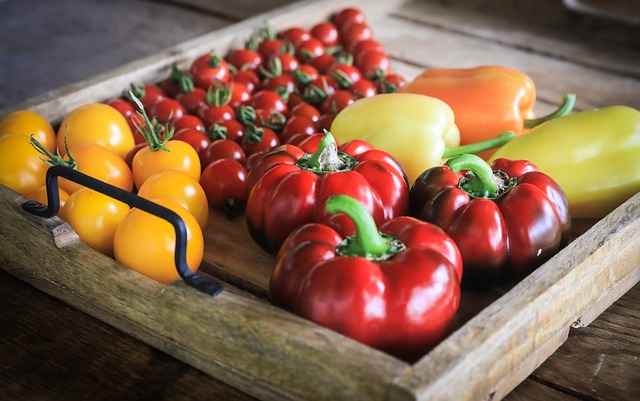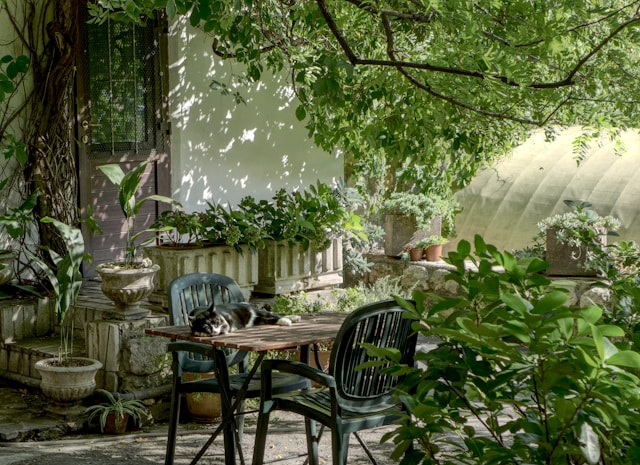WILDLIFE HERBS AND PLANTS
Plants that attract native wildlife such as butterflies, beneficial insects, toads, lizards, and bees are crucial for a natural garden and landscape. Diversity is the key to success. I’ve linked several articles to help you get started.
* Echinacea * Wild Bergamot * Preparing for Habitats *
Naturalizing Weeds and Natives
STARTING SEEDS, BUYING SEEDS AND VARIETIES
For many natural gardeners, it is important to get off on the right foot when it comes to starting seeds. Reliable seed companies that carry the type of varieties you will be able to save seed from are but a handful.
Getting the hang of saving your own seeds and how to store them is a plus. Learning about Heirlooms, Hybrids and GMO’s and the differences between them can also get you on the right track to success.
* Home Heirloom Seed Bank * Heirlooms, Hybrids and GMO *
Seed Catalogs * About The Heirloom Revival
NATURAL PEST CONTROL
Natural organic pest control without the use of harmful chemicals, pesticides or herbicides is a learning experience. We must come to understand how to use biological insect management. Which simply put implies getting familiar with the beneficial insects that defeat the harmful ones. It is also a matter of creating natural habitats that will attract the beneficial predators as well as learning a few tricks with inter-cropping companion plants.
Tomato Hornworms * Overcoming The Fear Of Beneficial Predators *
GARDEN ZONE AND PLANTING TIMES
With some helpful resources and quick reliable links, you can be well on your way to finding out the perfect time for planting everything in your garden.
Begin by finding out your hardiness zone by simply typing in your zip code that is included in the following article. It will become easy to grasp how everything flows throughout the year with this basic primer.
Guide To Hardiness Zones and Planting Times
COMPANION PLANTS
Companion planting is a proven age-old method for a successful organic garden. From warding off the harmful insects to attracting the beneficial, the many combinations of inter-planting a vast array of different herbs, flowers, fruits and vegetables are legendary techniques. Some plants may increase the vigor of another when growing together while others might improve the flavor.
The Native American Garden * Creating An Environment For Growing Organic Strawberries * Companion Planting Beneficial Habitats
SOIL AND MIXES/ COMPOSTING
Some of the most important steps in gardening is composting. Your compost is your natural fertilizer. Knowing how to make your own potting soil mix can save a whole lot of money as well as optimize the growth of new plants and seedlings. By creating life withing the soil of your garden, a whole host of disease and pests will be overcome allowing for a healthy and bountiful harvest.
Potting Soil Mixes * Organic Matter For Composting
GETTING STARTED – BEDS, CONTAINERS AND SUPPORT SYSTEMS
Upcycled and repurposed materials make for some of the most cost effective and instant garden structures possible. Sometimes when you find yourself starting out with a new garden you quickly discover what poor soil you have.
Most lawns, especially those in newer neighborhoods and subdivisions find themselves with little to no top soil and very little organic matter. That’s the great thing about raised beds and containers because you can quickly build the type of healthy soil required to grow with success.
Upcycled Raised Beds and Containers * Top Bar Support System For Growing Tomatoes
- Wild Dagga Motherwort Medicinal Herb - November 11, 2013
- Grow The Best Organic Lettuce - November 4, 2013
- Amish Hot Pepper Mustard - October 23, 2013

